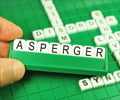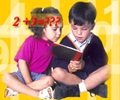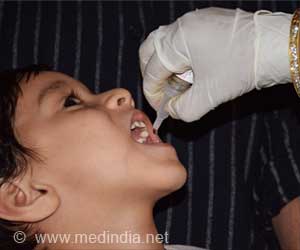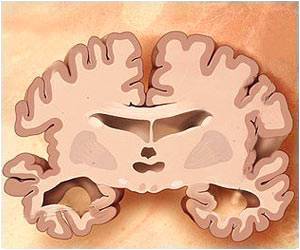University of Maastricht, and The Netherlands researchers have shed light on the roots of dyslexia, a learning disability that affects four to ten percent of the population.
The findings support the notion that the reading and spelling deficit, characterized by an inability to break words down into the separate sounds that comprise them, stems in part from a failure to properly integrate letters with their speech sounds."The adults with dyslexia in the study had enough reading experience to match letters and their speech sounds correctly. Still, the results show that the way their brain integrates letters and speech sounds is very different from normal readers.
It's quite astonishing," said Vera Blau of the University of Maastricht, The Netherlands
For the study, the researchers examined activity in the brains of dyslexic and normal adult readers by using functional magnetic resonance imaging (fMRI) as they were presented with letters, speech sounds, or a matching or non-matching combination of the two.
While undergoing that task, dyslexic adults showed lower activation of a brain region known as the superior temporal cortex than the more typical readers did.
Blau said that the findings point to a neural deficit in letter-speech sound integration as a fundamental mechanism that might distinguish poor from good readers.
Advertisement
In addition to enhancing scientists' fundamental understanding of the disability, the new results might also have some ultimate implications for therapy.
Advertisement
The study has been published online on March 12th in Current Biology, a Cell Press publication.
Source-ANI
ARU/L










